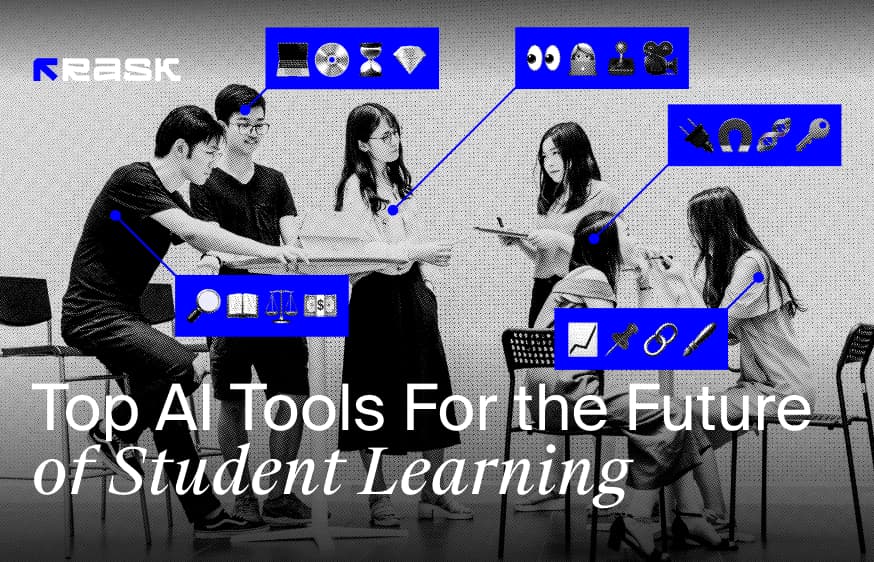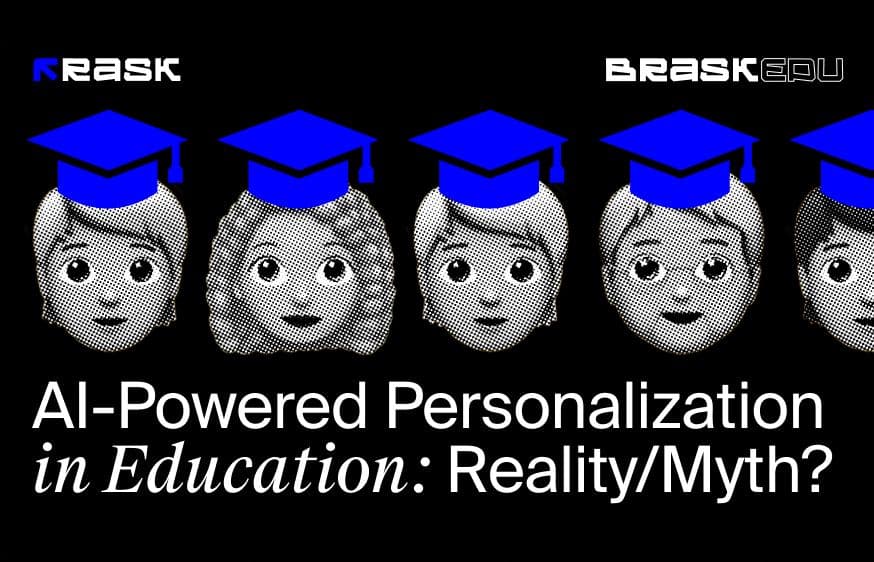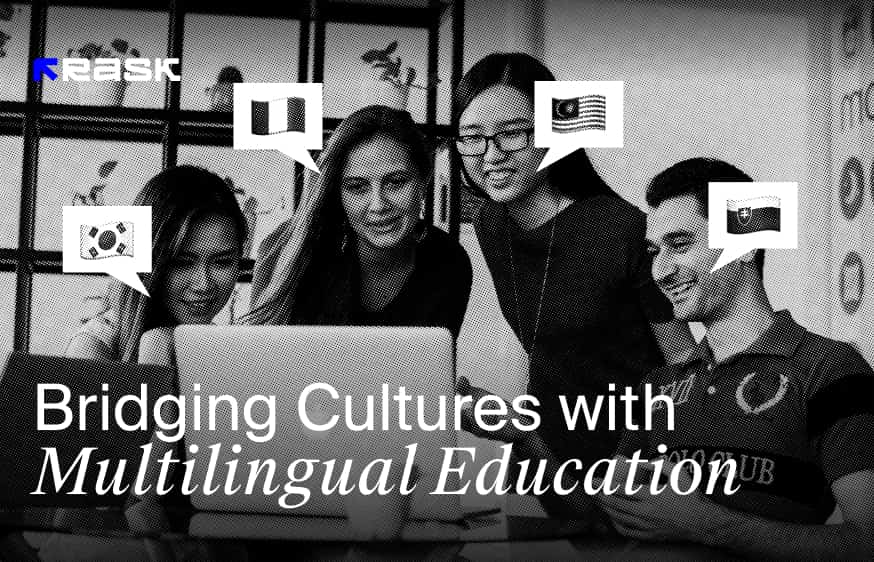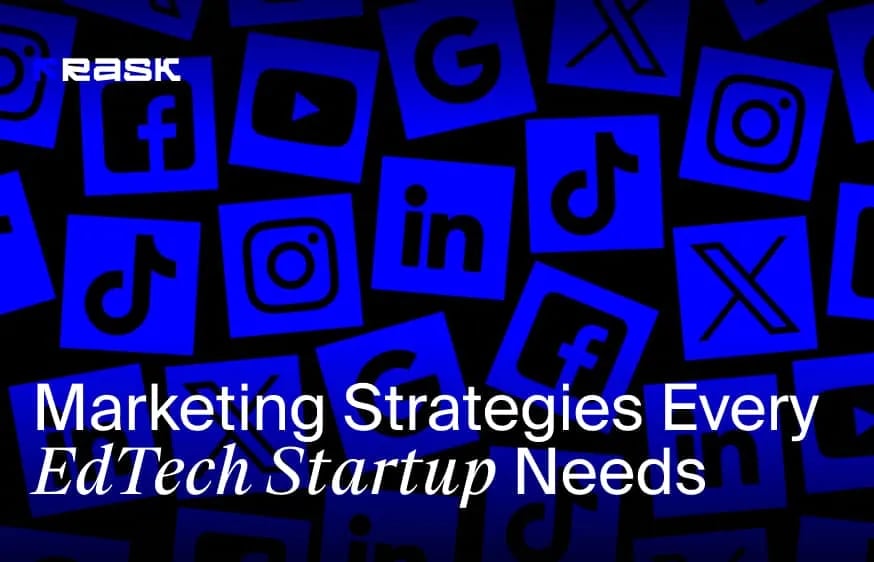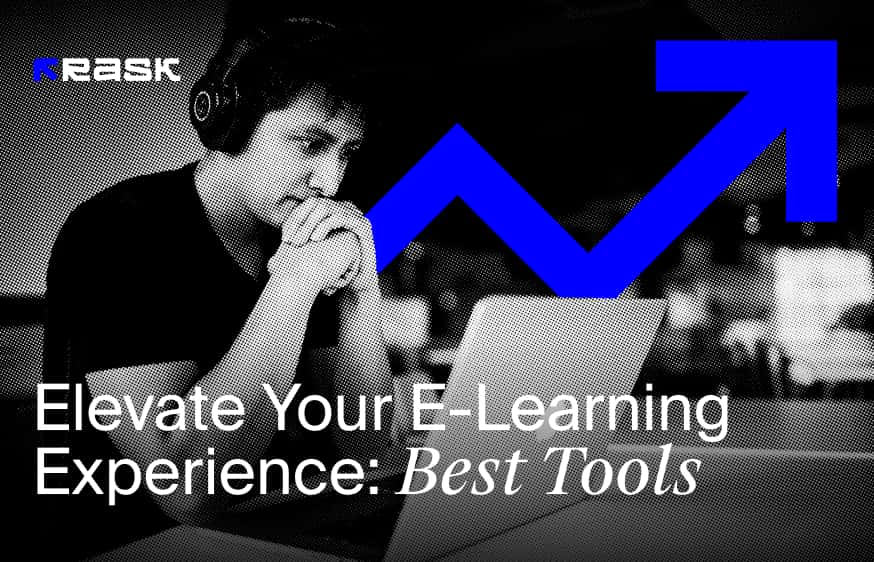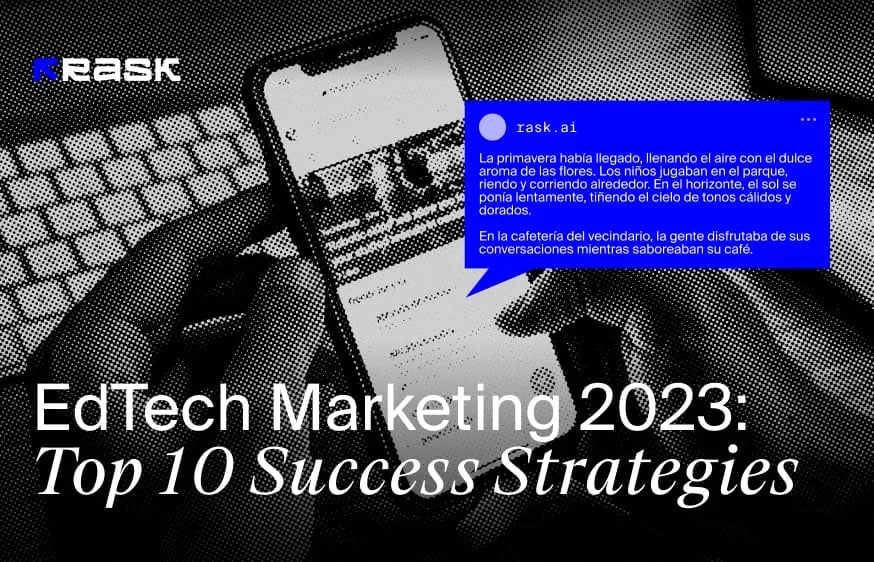The Future of Education: Unpacking Interactive Learning
The idea and concept of traditional education has long been here, though now the world has changed dramatically and, therefore, education as well. While some elements are still here and remain there for more years, traditional teaching isn't an option for most today.
Considering the impact being brought by COVID-19 and the increased use of mobile phones for almost everything today, it isn't surprising that education is changing its landscape and format. Being psychically present in a classroom isn't the only learning option anymore — with the rise of technologies and the internet, at least.
Nowadays, you have access to a quality education whenever and wherever you want, as long as you can get online. So now, the world is stepping into a new era — the revolution of online education.
Based on a recent survey performed by Babson Survey Research Group, over 30 percent of higher education students across the US are taking at least one distance course. Online education has quickly become a smart choice for anyone - from kids during their early school years to adults looking for new skills to develop.
While online education, also known as e-learning, is definitely a growing trend, active learning is also a crucial element of the modern educational system. Teaching techniques vary, of course, depending on the age of the audience and the subject, but interactive learning powered by technologies like Artificial Intelligence (AI), Augmented Reality (AR), Machine Learning (ML), and others is something that any educational organization can start to implement now.
Interactive learning is often integrated into the classrooms in order to increase student attention and overall engagement. While these are two main purposes, it has been shown that active learning also aids in deeper understanding of complex topics and subjects, making it easier for students of different ages to grasp the concept of the interactive lesson and enhance learning overall.
What is Interactive Learning?
Interactive learning refers to an active learning technique under which students engaged in the learning process, which is often done through technology. Interactive learning is a completely different solution than the traditional one that involves passive learning, like cramming or lecturing.
While the tech part of interactive learning still may be intimidating to some, it is crucial to remember that technology, in that case, exists only to support pedagogy.
Teachers should use educational technology and tools with the goal to open up a new perspective in enhanced education, opening new teaching possibilities, and improving involvement during the lesson.
4 Examples of Interactive Lessons
1. Interactive Games
Games have long been considered solely for entertainment. But gamification has brought new ideas for different industries, offering more engagement and interest in things that were long considered boring, like lessons.
As a result, gaming in education (interactive game lessons) is now listed as a specific training strategy that allows for more involvement, development of commitment, and motivation among learners.
In contrast to popular belief, gameplay methods in interactive learning are both engaging and complex - since they are used for improvement and development of specific skills. They are focused on engaging learners in the process, showing mistakes, and getting almost immediate feedback.
A good example of game-based learning is Trivia, which challenges students answer a large amount of questions on different topics in the least amount of time – the goal is to get as many points as possible.
2. Simulations & Branching Scenarios
Branching scenarios (that are also often called decision-making scenarios) refer to interactive methods of students learning. These scenarios test the ability of learners to make decisions and solve challenges.
Each scenario opens up several routes for students within the learning content. In the majority of cases, each new decision leads to a different learning outcome - enabling learners to observe the consequences of their choices. Two different students won't take the same path within one branching scenario.
Branching scenarios and simulations act as valuable and effective methods to develop soft skills, including problem solving, communication, and leadership skills. Sometimes companies use these scenarios and simulations to put employees in work situations that are not likely to be faced in reality or that carry specific risks for the company.
3. Interactive Videos and Animations
This is probably the most classic example that has already been implemented by the majority of educational institutions. Interactive animations represent learning resources that are better at capturing student's attention and understanding compared to a traditional lecture and passive learning.
In fact, you don't always need to re-record new videos or completely change the existing learning material. Interactive elements can be added to an existing learning ecosystem. For example, interactive videos often contain built-in pauses where the speakers ask learners questions regarding recently provided material, increasing involvement and understanding of the topic.
4. Interactive Assessments & Exercises
These are two elements that reinforce concepts of education and lessons for students. They also allow students review and gain insights into their performance.
There are several types of interactive assessments and exercises; the most popular ones are:
- Completion exercises;
- Multiple-choice exercises
- Grouping (small groups).
One type is known as "matching" - a logical reasoning activity allowing students to associate two concepts connected by the same elements of the theme. This type develops and improves two key faculties for the acquisition of knowledge – general thinking and logical reasoning.
Strategies to Create Interactive Classrooms
Enhanced Lecture
Enhanced lectures or a course can be considered a broad category involving a vast range of interactive learning activities and strategies that happen within the classroom. Enhanced lecture usually looks the same as traditional one, though involves the use of interactive learning tools, allowing instructors to frequently ask students questions during the learning process.
There are several tools like TurningPoint that allow teachers to explain the topic to their students, ask and receive immediate feedback, and even start class discussions to dive deeper into a specific subject or material. Teachers, therefore, are able to estimate the overall comprehension and modify their studying and research methods on the go to allow for a more effective learning process and simplify things that are most difficult to understand.
Flipped Classroom
This teaching model provides students with first-exposure learning in advance. In contrast to popular belief, recording a lesson for learners to study at home isn't the only way to implement flipped learning. The crucial thing to know here is that students should have an opportunity to study outside of class - usually through a video lesson or lecture for teachers to explain the material, a reading assignment, or some other methods you prefer.
That guidance can work differently. For example, interactive homework questions should be completed before class for further small group discussions. This can help learners to focus on their in-class time better, increasing overall involvement and academic results.
Peer Instruction
Studies found that collaboration and team works play a crucial role in building an interactive learning environment. As a result, peer instruction seems to be a great fit for that purpose. This is a technique that involves instructors educating for a short amount of time and, just like in the case of enhanced lectures, timely asking their students questions related to the material that they want to discuss.
Even though you can ask questions one by one, it is best for them to later form small group discussions to answer each question. By the end of the teaching sessions, students will have a better understanding of the material subject matter and more participation.
Team-Based Education
Team-based education also refers to collaboration. It is an interactive learning strategy that was originally designed around modules of instruction professors teach in a three-step cycle:
- Preparation;
- In-class readiness assurance testing (first one by one and then as a group);
- Application-focused exercise (where students form a group to work on the exercise and complete it during today's class).
3 Key Benefits of Interactive Learning
Even though planning and implementing interactive learning strategies may take some time, such concepts can bring many valuable benefits that both your organization and students can enjoy in the long term. Let's explore the key ones below:
Increased Participation
As might be expected, increased engagement is one of the main benefits of implementing interactive learning that happen in a classroom. All the strategies we mentioned above can have a positive effect on student participation, better focus, motivation, and reduced daydreaming. In fact, a recent study found that 87 percent of students report that education is more interesting and engaging with technology used.
More Collaboration
It is known that in traditional and passive lesson-focused classrooms, one student or a few more students usually dominate the class discussion due to more motivation or skills. While that's great for these students, others students involved in the discussion may be afraid to answer wrongly. Interactive learning, therefore, allows everyone to participate in class discussions, freely express their thoughts and ideas, developing skills and reducing fear.
Interactive learning enables students to engage with peers, express their thoughts without worries, and be exposed to more diverse points of view. Collaboration offered by interactive learning also encourages problem solving skills that are crucial in different life areas.
Critical Thinking
One of the key benefits of interactive learning is that it pushes learners to stretch their abilities and offers valuable tools to achieve deeper learning. Instructors by involving students in the classroom facilities and making them a central point in the learning experience give them an opportunity to deeply analyze and apply the topic or a subject, building and improving interpersonal skills and developing critical thinking skills alongside the process.
What is the Impact of Technology on Interactive Learning
Interactive learning technology has become extremely popular during the last few years. Both students from an early age and educational institutions use it to facilitate modern learning opportunities and establish a new approach to education in general.
It is crucial to note that using technologies in modern education is essential considering the changing needs of the growing generation and their childhood, which in most cases involves the use of different tech tools and gadgets. Just think that 3-year-olds now can create their own digital worlds, navigate layers of complex development, and become digital natives much faster than 30-year-olds now can.
In fact, teaching students with technology seems to like speaking their language, giving them control over their studying and academic results, and engaging them more than ever before.
One crucial point here is that in the technological educational classroom, the student isn't a student anymore - they act as teachers themselves. This causes issues for some educational institutions since the teacher still have a lot of things to learn and explore about
Crucial life skills have greatly changed during the last few years. In addition, education also changed with the popularity of easy-to-create and easy-to-share videos. To develop and grow skills for today – without talking about AU, VR, and AR may descend on us within a short time - learners of all ages will continue benefiting from technology and choosing institutions that implement the latest tools for their education.
How to Organize Interactive Learning Process with Technologies
1. Gamified Learning
Gamification is a trend today. Not only are games used for games and within apps now, but the scoring system used in the games seems to benefit the educational sector today. Gamified learning within the interactive classroom can be especially beneficial in achieving more involvement and engagement.
One great example of gamification already implemented in learning is Giant Steps. It is a digital learning experience developed to help a K-12 teacher increase student collaboration and allow for independent practice. This product is designed by GoGuardian Teacher and Pear Deck - two leading learning platforms in the world today.
Even though learning software can act as a perfect companion for a teacher in 2023, gamified learning implemented throughout the entire learning program is the best way to go.
However, starting with small steps would already bring a huge change to the student's progress, so you can begin with creating a virtual hunt for points and coming up with a list of questions for learners to search and find the correct answers.
2. Digital Field Trips
This is an increasingly popular and useful tool specially designed for teachers looking for cost-effective and new ways to incorporate technology in the interactive classroom. For example, the teacher can use Google Street View or any other similar applications to make it easier for students interacting virtually with places like parks, forests, and even national and international landmarks directly from the classroom to better learn the idea.
The teacher can hugely engage students and grow their motivation in exploring the lesson's subject by letting them virtually experience the location and enjoy the view before they start to dive deeper into the place's history or characteristics.
3. Use Social Media
It isn't surprising that the entire class spent lots of time on social media today. While most believe it is a bad habit and schools should prevent the student from sitting on their phones during an interactive lesson (which makes sense), integrating social media into the classroom will make the involvement higher - at least, one student will want to know what you have to offer them.
For example, you can find what social media is the most popular within your class. Then, you can create a group specifically for your student where you later post discussion topics and build unique classroom Twitter hashtags learners can use to ask questions or discuss learned material.
4. Collect Feedback
Suppose you wonder how to verify that your classroom structure helps students by getting real feedback from them. Only real-time feedback can help educational institutions get insights on what is working for their entire class and what isn't, highlighting weak spots and issues that should be addressed.
Do not ask for feedback on paper - as we mentioned, technology is the key to success. So, you can start using online surveys and polls to make weekly or even daily quick check-ins with students to gain their ideas, opinions, and overall feedback on how they like studies.
Just like we mentioned above in a social media section, a Twitter page could also be expanded with hashtags related to their feedback and questions. Let students write their thoughts and ideas on learning process improvement.
5. Suggest Them to Create Digital Content
Creating digital content related to things they have already learned could be an excellent way for students to express themselves. Letting it work as an art project done using technologies to display their individual creative talents while also showcasing their new knowledge of the subject matter.
Like with any other project, the process of creating digital content is effective the most when learners can express themselves in ways they like the most and highlight their personal strengths in both soft and hard skills.
You can ask them to create different types of content, such as animated videos, podcasts, eBooks, and digital art - let them choose the one that feels most comfortable for gaining knowledge for them.
6. Use an Interactive Classroom Calendar
Even though calendars are mostly used by employees, students can also benefit from having a digital calendar with crucial updates and other events that students should know in advance. This can be achieved through Google Calendar or any other similar tool.
You can post assignment due dates and important interactive classroom events (like guest speakers) in an easily shareable and easy-to-understand digital space. In Google Calendar, students can also be notified whether they would come or not in a digital format. The teacher can always go the extra mile here by sharing a Calendar with parents and caregivers to keep them updated as well.
7. Video/Multimedia Interactive Lessons and Presentations
Videos are considered to be an excellent way to engage students and organize interactive classrooms. In fact, you don't always need to do basic video interactive lessons. Animated presentations and animated videos will do wonders, especially when you teach Gen Z students.
Creating slideshows and digital presentations, adding filters, music, and backgrounds, and preserving the context helps to grow students' attention and improve understanding of the topic. You can also invite virtual guests and provide podcasts instead of the traditional lecture, which is an incredibly popular option in the modern world.
8. Online Activities for Those Finishing Work Earlier
Last but not least, the point in the list is to keep the motivation and engage those who show the best academic results and finish work faster. If a student finishes an assignment early, instead of waiting for others to finish, let them extend and enhance their education experience by visiting a learning station and watching premade learning videos.
Translating Interactive Learning Content
If you decide to start implementing interactive learning elements into your current studying classroom, instructors may find it useful to translate the content as well. The first reason for that is the ability to expand your audience, making it possible for everyone from all across the world to start watching your educational videos in their native language.
The second reason is the ability of your student to develop and improve intercultural skills and learn new languages more effectively when watching video content in a different language.
To make the translation process easier and faster for instructors, they can incorporate AI-powered video editors like Rask AI. This tool is well-known for its ability to translate different types of videos in over 130 languages, while the teacher can also generate voiceovers in more than 29 languages. In addition, Rask AI allows instructors to upload videos for up to 2 hours and offers its unique feature - SRT file subtitles as well, making content more accessible.
Last Thoughts
Living in the era of digital revolution and increased use of different kinds of gadgets, it isn't surprising that the traditional learning system isn't working as well as before. As a result, educational institutions and e-learning platforms now actively implement interactive learning as one of the most effective ways to engage students and improve academic results in learners of all ages.
FAQ
You can start creating video materials, quizzes, gain feedback, ask questions during the interactive or even traditional lecture, record podcasts, and translate video and audio content with AI-powered tools like Rask AI. Options are almost endless - the choice is up to you.
The four fundamental components of interactive learning are context, challenge, activity, and feedback.
There are many examples of interactive learning you can add to your own educational program. But some of the most popular ones today are gamification and video content that help students better develop critical thinking and improve their understanding of the topic.
Simply put, interactive learning is active learning. It engages student to be actively involved in the learning process and puts the student at the center of their education. This is completely another story compared to traditional teaching methods.
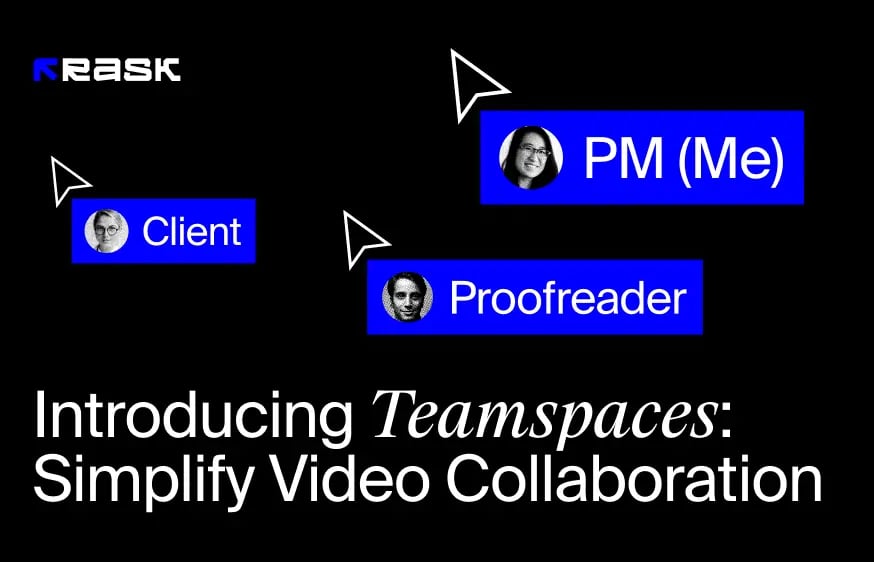

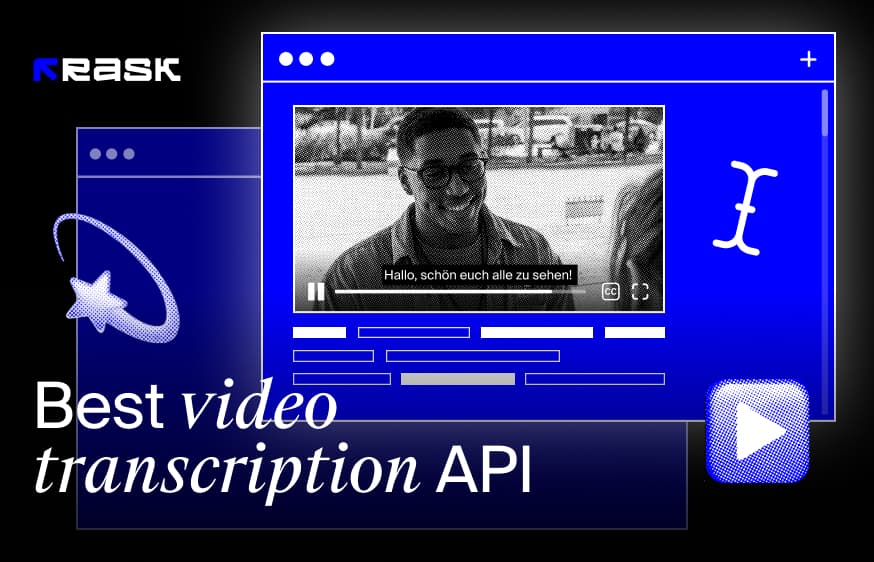

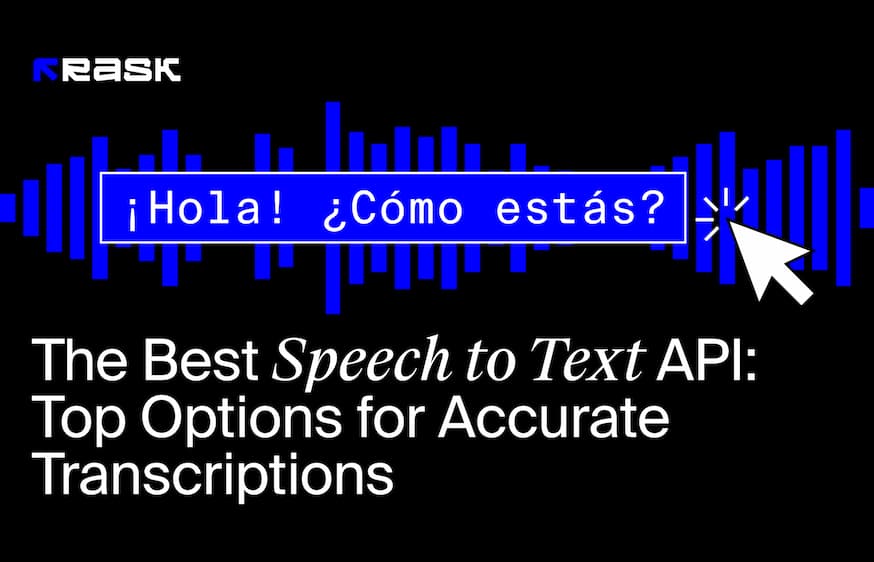
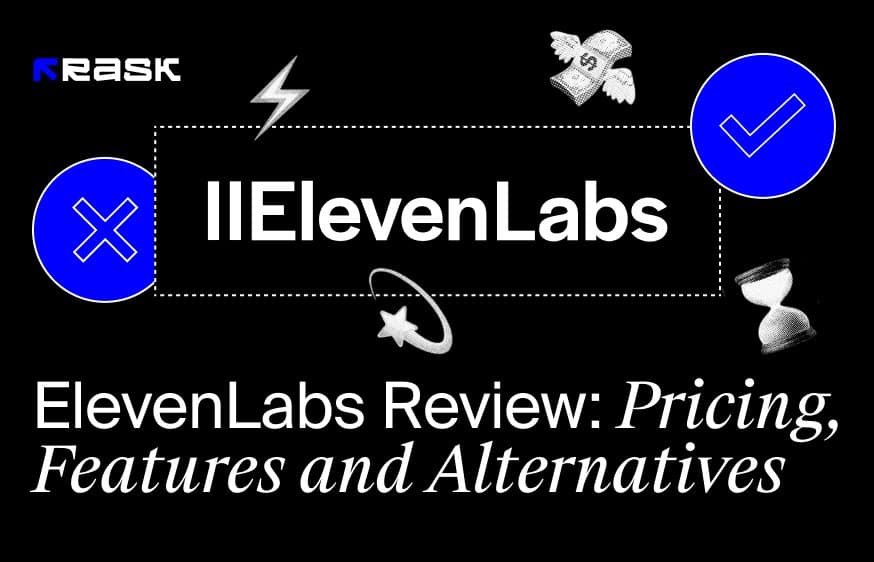
.jpg)
.webp)

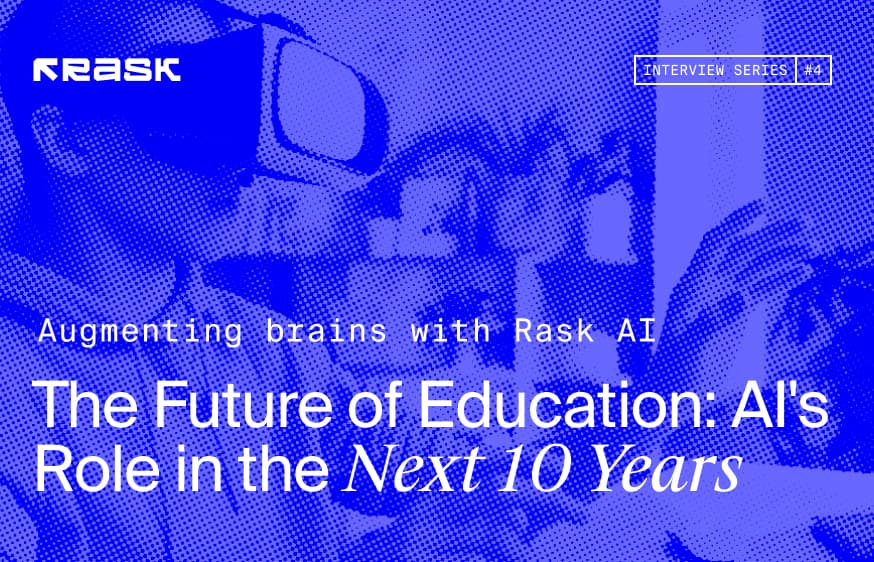
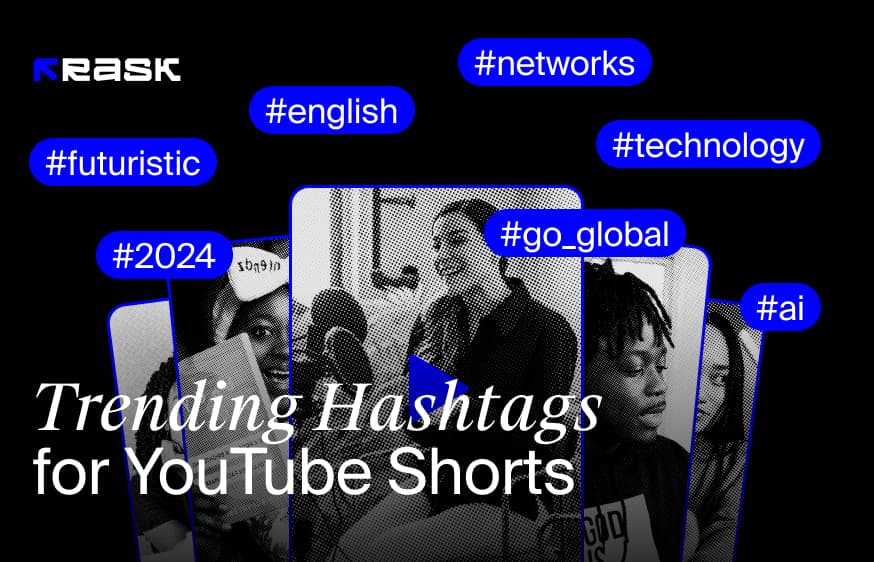
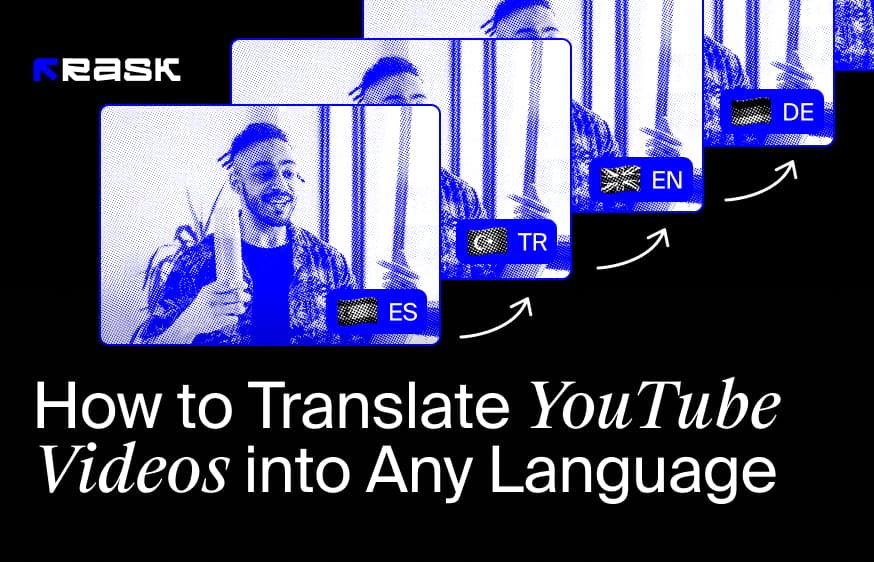
![8 Best Video Translator App for Content Creators [of 2024]](https://rask.ai/cdn-cgi/image/width=960,format=auto,fit=scale-down/https://cdn.prod.website-files.com/63d41bc99674c403e4a7cef7/6668a3dcd3175bd1d1c73c81_Best%20video%20translator%20apps%20cover.webp)
![Best AI Dubbing Software for Video Localization [of 2024]](https://rask.ai/cdn-cgi/image/width=960,format=auto,fit=scale-down/https://cdn.prod.website-files.com/63d41bc99674c403e4a7cef7/66685014f68137eb05c89c16_Cover.webp)

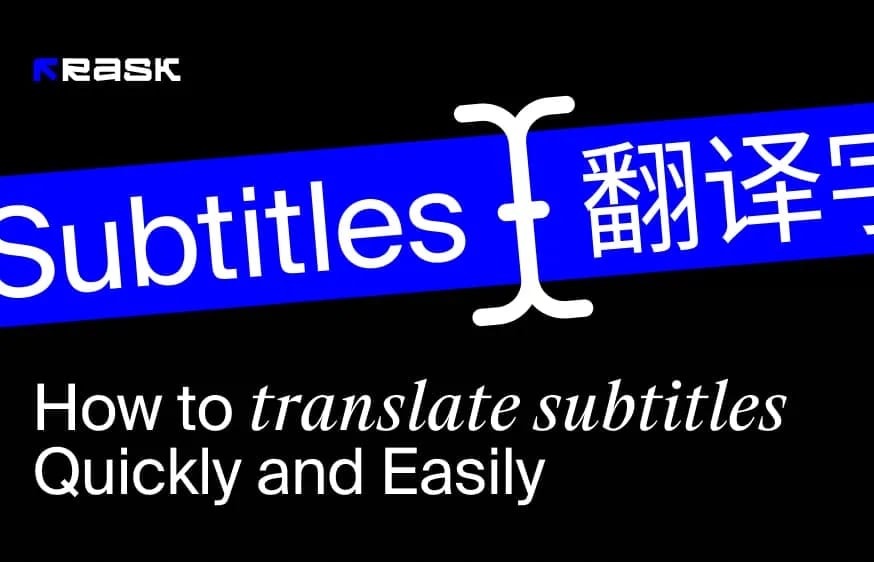
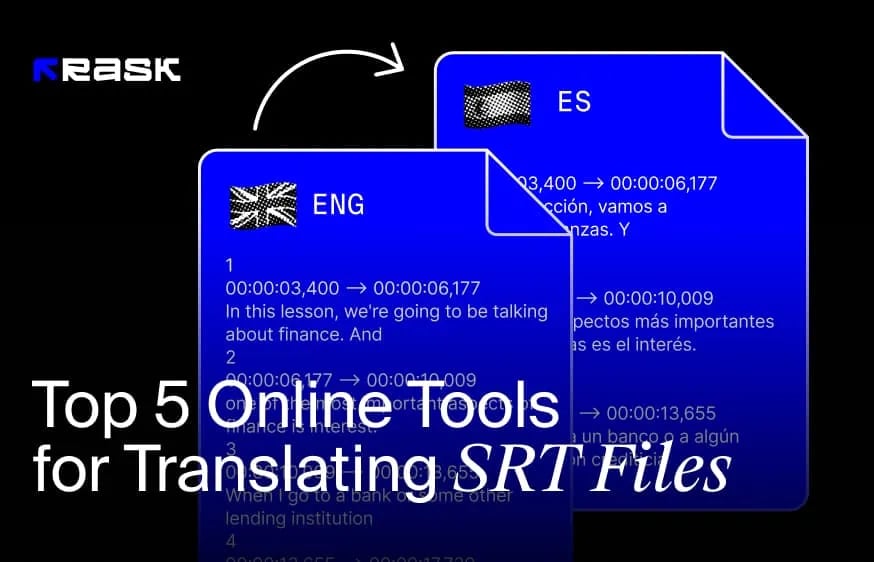
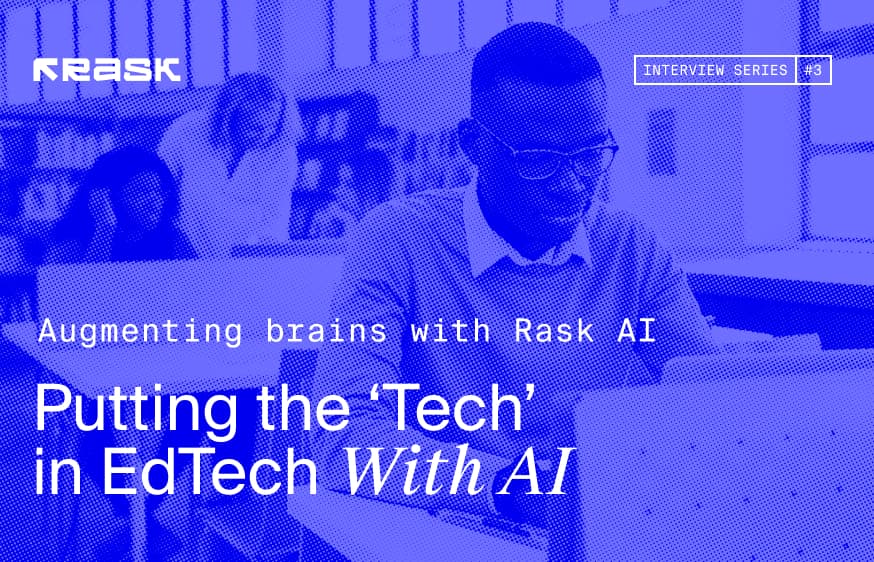
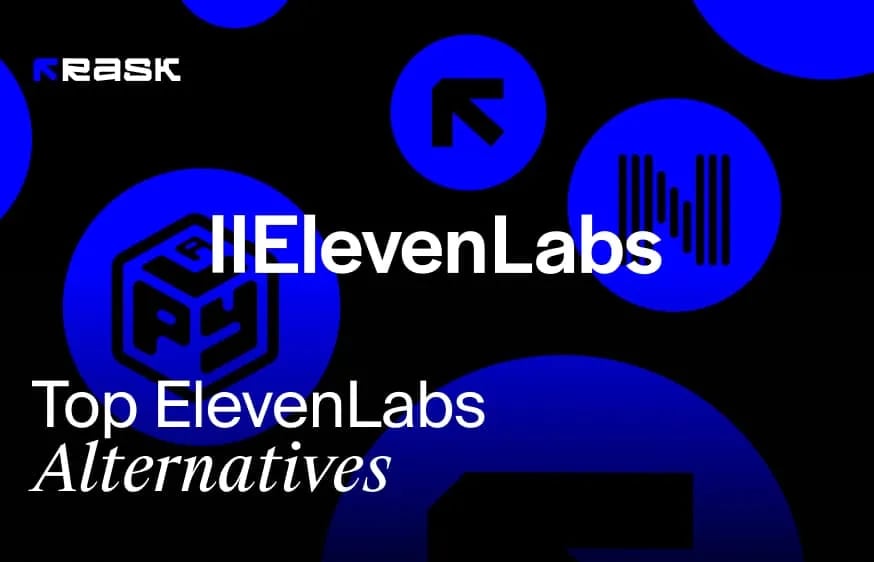
.webp)
